The impact of machine learning (ML) as a powerful tool has expanded exponentially over the past few years, and there are numerous new transformations in store for the next few years. As we inch toward 2025, some trends and innovations promise to change industries and boost productivity, as well as our interactions with technology.
Here, we explore six of the most exciting new ML 2025 Emerging Trends and Innovations to Watch over the next several years.
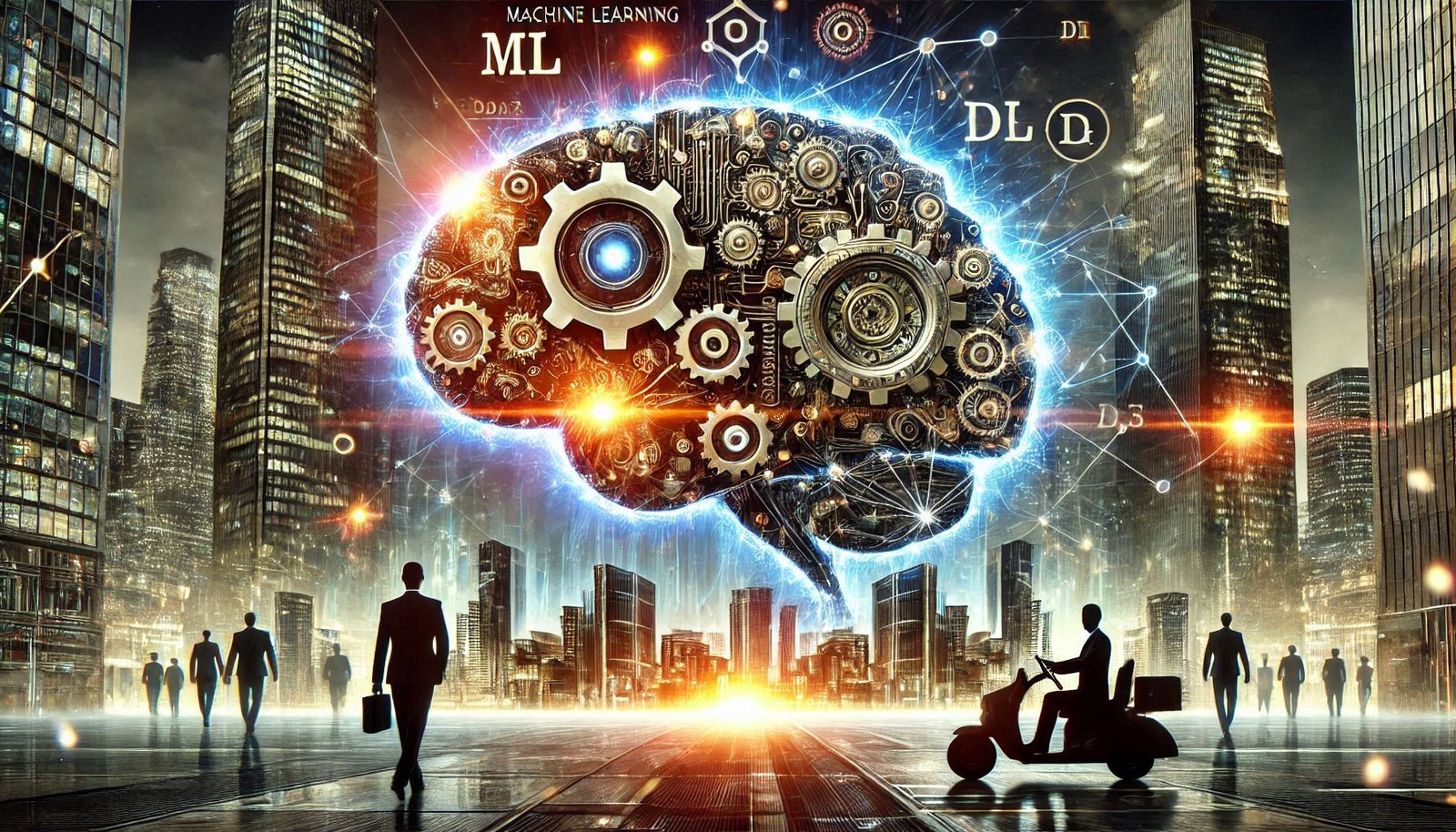
Table of Contents
- Introduction
- The Rise of Automated Machine Learning (AutoML)
- ML in Healthcare
- Explainable artificial intelligence (XAI), transparency
- The Edge AI and the Internet of Things (IoT)
- Federated Learning
- AI-Driven Creativity
- Quantum Computing in Machine Learning
- Ethical and Regulatory Aspects of ML
- Conclusion
- FAQs
1. Introduction
ML is a branch of the overall AI field, where algorithms can analyze data, draw conclusions, and gradually become more accurate without having to be programmed explicitly. ML has gone from a niche technology to a key component of innovation in different industries in recent years. Machine Learning this will continue to rise in trend until 2025 and all due to the next phase of evolution through new trends and innovation.
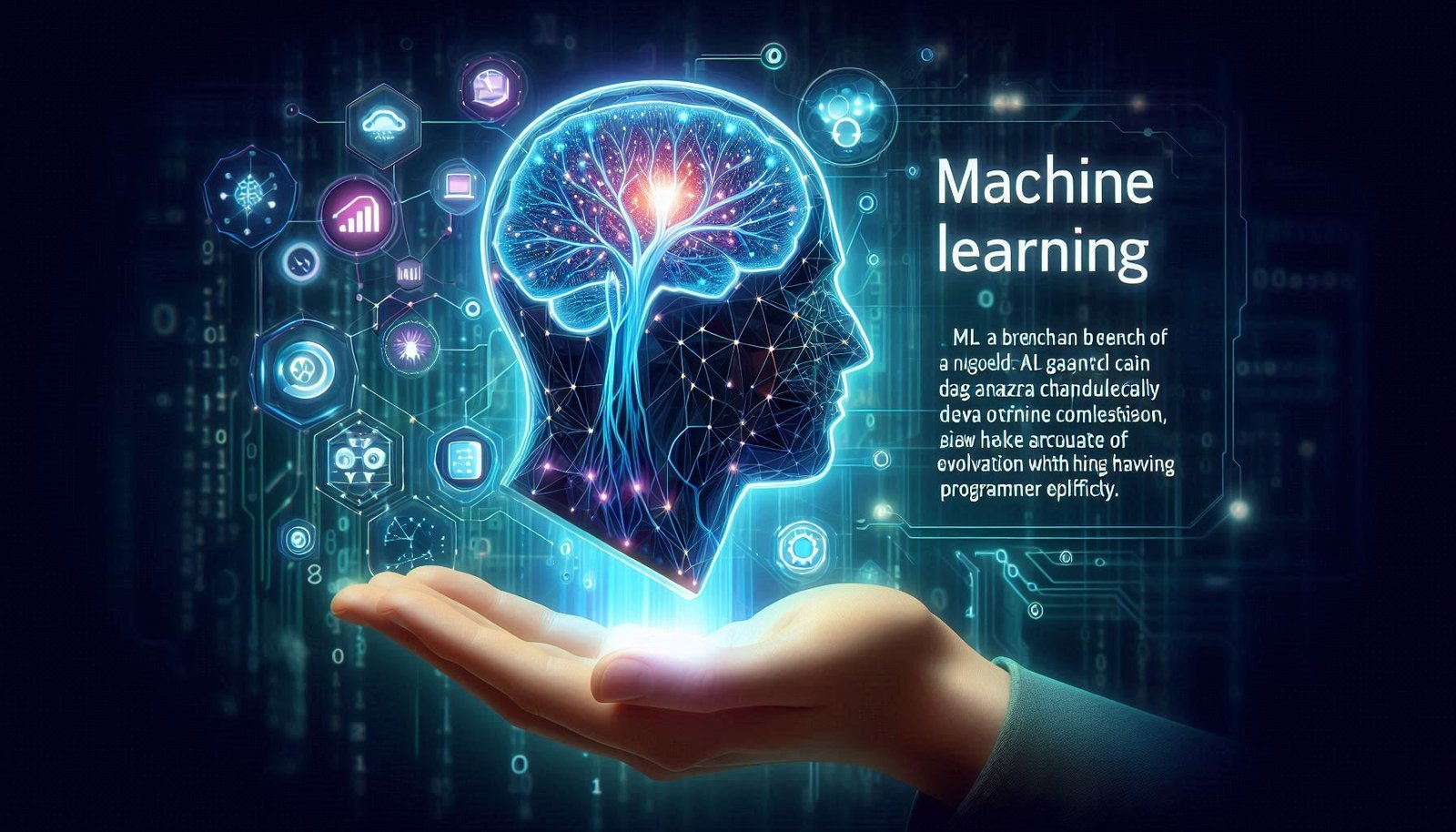
This article will look at some new trends in ML that you should keep an eye on in the years ahead.
2. The Rise of Automated Machine Learning (AutoML)
What is AutoML? ML 2025 Emerging Trends and Innovations to Watch
This list is subject to change with every new data science trend, but one thing is true: Automated Machine Learning (AutoML) is disrupting how we develop machine learning models. Traditionally ML model creation was a complex and resource-intensive process requiring data science, coding and statistical analysis ability amongst other requirements. Automated Machine Learning: Simplifying the Complex Process of Building ML models Automating most of the workflow is Automated machine learning, it helps businesses and individuals with less technical background to build ML models without hassle.

Key Benefits of AutoML:
- Reduces Complexity in Model Building: AutoML performs tasks like data preprocessing, feature selection, and hyperparameter tuning automatically.
- Time Saver: AI accelerates the model development process, enabling teams to transition models into production more quickly.
- Makes ML Accessible: Even non-experts can leverage machine learning, expanding the technology’s reach.
3. ML in Healthcare
How ML is Transforming Healthcare?
Machine learning will drive firearm use and will help the health industry develop in 2025. ML is enhancing patient care and maximizing operational efficiency, and in the future, innovations will support better diagnoses, treatment plans, and drug discovery.
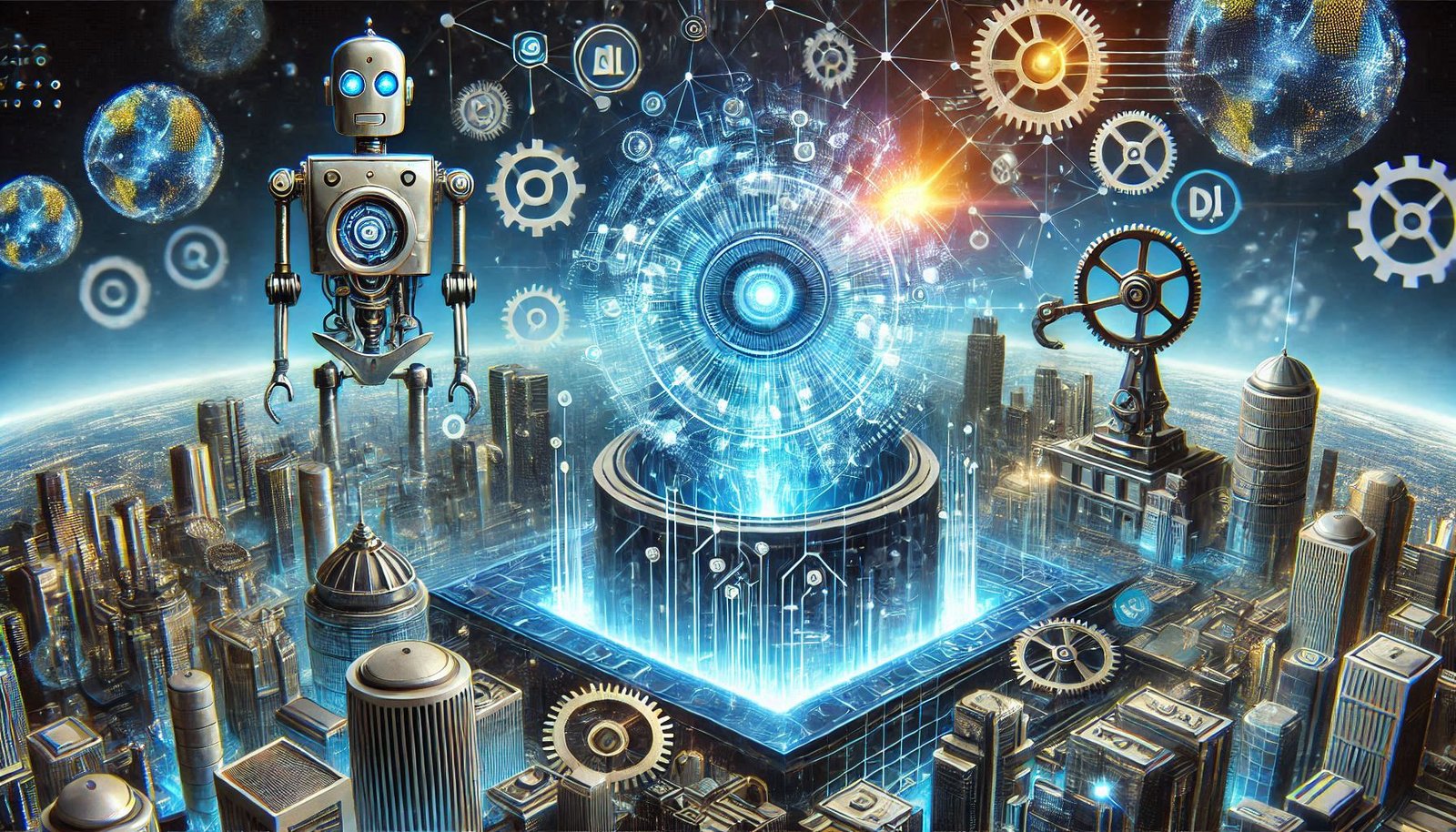
Key Applications of ML in Healthcare: ML 2025 Emerging Trends and Innovations to Watch
- Medical Imaging: ML algorithms assist in identifying and diagnosing diseases such as cancer, heart diseases, or neurological disorders from medical images (like CT scans or MRIs).
- Predictive Analytics: ML can predict disease outbreaks, patient deterioration and treatment responses by analyzing historical data.
- Personalized Medicine: ML assists in developing treatment plans for patients based on his or her genetic information and medical history.
4.Explainable artificial intelligence (XAI), transparency
The Need for Explainable AI
As models of machine learning have become increasingly complex, the ability to understand how decisions are made has become a priority. Explainable AI (XAI) is the area of ML that addresses the need for better interpretability; one of its uses is providing intelligible explanations for decisions based on ML that matter, as financial, health, and law-related decisions often do.
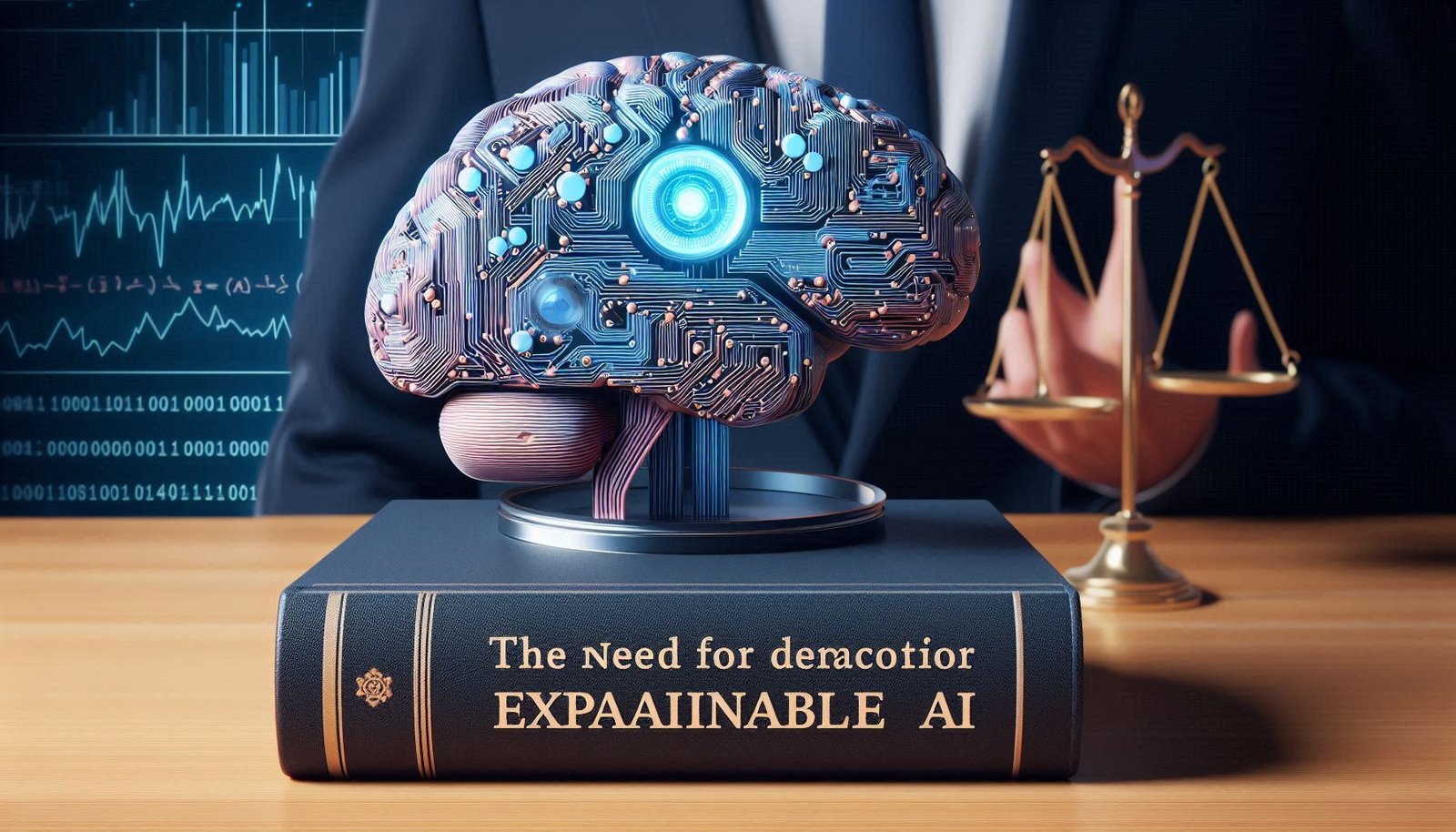
Benefits of XAI:
- Trust: Users can trust the recommendations of ML systems when they explain their decisions.
- Lastly, regulatory compliance: There are various industries, healthcare and finance being the most common, that demand transparency for regulatory compliance.
- Bias Mitigation: Transparent models allow for the detection and mitigation of biases that might affect decision-making.ML 2025: Emerging Trends and Innovations to Watch
5. The Edge AI and the Internet of Things (IoT)
What is Edge AI?
Edge AI, on the other hand, is the deployment of AI models directly on devices at the “edge” of the network, like smartphone, IoT devices, and sensors. One benefits which makes the computation fast and decision-making quicker without sending data to a centralized server.
Impact of Edge AI:
- Quicker Decision-Making: Edge AI lowers the latency because data doesn’t need to go to a cloud for processing.
- Lower Bandwidth Requirements: Processing data mean that less data is transferred, which is
-
Increased Privacy: Since sensitive data can be processed locally, the risks of data breaches are reduced.ML 2025: Emerging Trends and Innovations to Watch
Edge AI vs. Cloud AI Comparison:
| Feature | Edge AI | Cloud AI |
|---|---|---|
| Latency | Low | High |
| Data Processing | Local (on-device) | Remote (server-based) |
| Bandwidth Use | Low | High |
| Privacy | Better (local processing) | Potentially less secure |
6. Federated Learning
What is Federated Learning?
Federated learning is a distributed method for creating machine learning models that involves keeping data on the end user device and instead of sending model updates to the centralized server. This technology enables organizations to create models while protecting privacy.
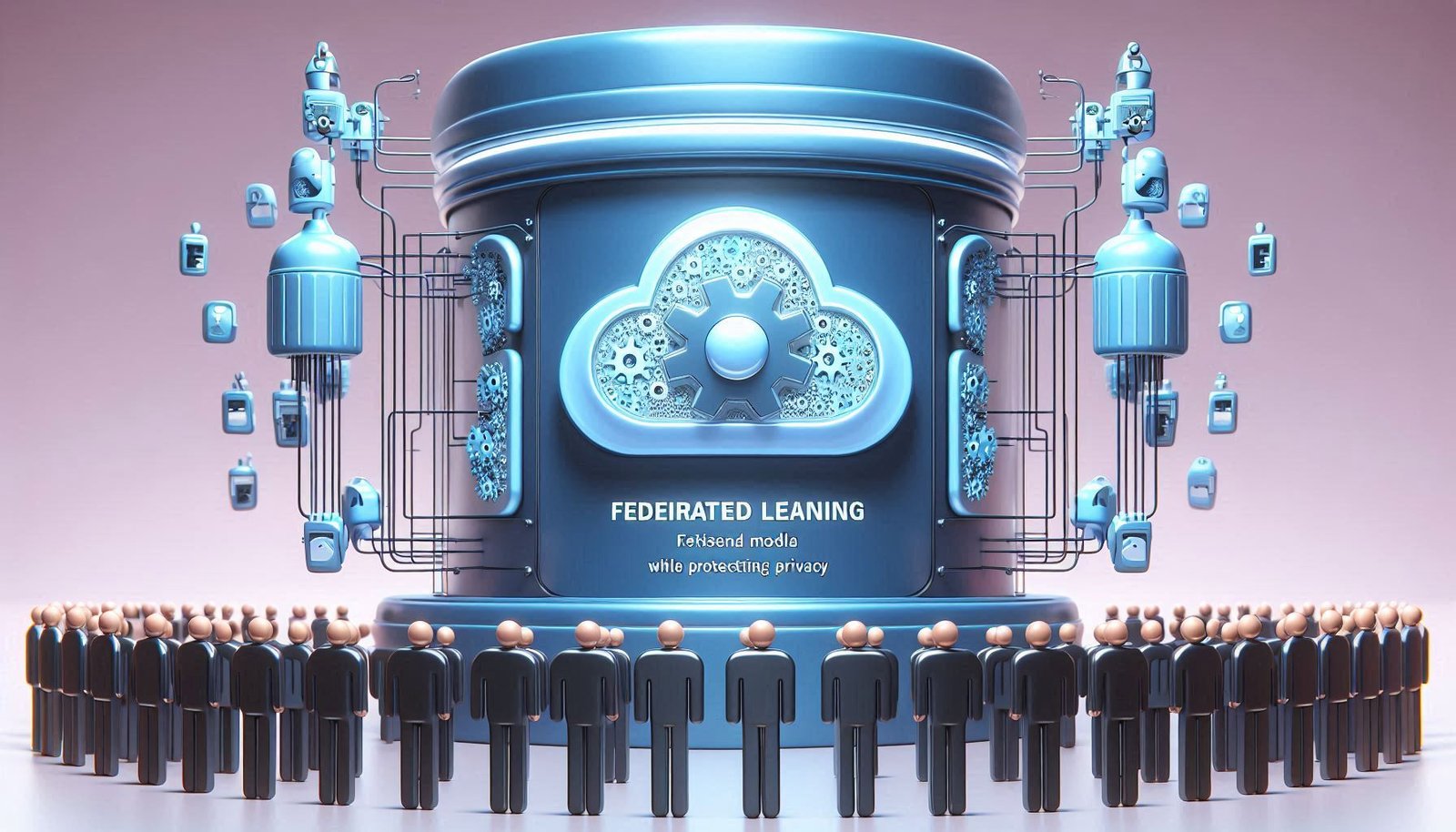
Benefits of Federated Learning:
- Data Privacy: Raw data is not sent or transmitted from the device, which also minimizes privacy risk.
- Lower Data Transfer: Only the model updates are transmitted which saves bandwidth
- Collaboration Across Organizations: Multiple organizations can collaborate on training models without sharing sensitive data.ML 2025: Emerging Trends and Innovations to Watch
7. AI-Driven Creativity
AI in Art, Music, and Design
It may help to have a bit of background on both how this recently became a focus of attention, and where machine learning itself is moving beyond “logo overlay” gaming and search engines. By 2025, technosocial AI-generated content will be much more sophisticated and ubiquitous, allowing machines to participate directly and intimately in processes of human creativity.
Key Applications:
- Generative art: AI systems are capable of creating original pieces of art as per the style and preferences input by the user.
- Music Composition: AI can compose music by generating melodies and harmonies in different genres.
- Design: AI tools are assisting designers through layout, color schemes, and patterns.
8. Quantum Computing in Machine Learning(ML 2025 Emerging Trends and Innovations to Watch)
The Role of Quantum Computing
Quantum Computing holds promise for machine learning, it can be used to solve complicated problems that are too hard for classical computers. Quantum computing may, by 2025, begin to increasingly contribute to speeding up certain kinds of machine learning algorithms.
How Quantum Computing Enhances ML:
- Accelerated Data Processing: Quantum algorithms may allow for quicker training and optimization of machine learning models.
- Solving complex problems: Quantum computing could allow us to solve problems such as protein folding or optimization problems that would be intractable with classical computers.
9. Ethical and Regulatory Aspects of ML
The Importance of Ethical Considerations
And as ML continues to permeate society, from lawsuits to ethical questions about privacy, bias, and accountability, its ethics are becoming increasingly relevant. We can expect to start seeing stricter regulations and ethical frameworks around ML by 2025.
Key Ethical Issues:
- Bias: Preventing ML models from reflecting or including biases in decision-making.
- Security: Avoiding leakage of user data and preventing misuse by AI systems.
- Accountability: Figuring who’s responsible when an AI system takes a harmful action.
10. Conclusion
Machine Learning in 2025 and beyond will unleash astounding possibilities, revolutionizing all sectors from creativity to healthcare. Other trends like AutoML, explainable AI, federated learning and quantum computing are only the tip of iceberg for big data analytics industry. Machine Learning is the future: past Crossed and the top industries in full swing.
By keeping up with these trends, you can get ahead of the changes to come and work with machine learning to your advantage.
11. FAQs
1. What is AutoML?
AutoML is the process of automating the end-to-end process of applying machine learning to real-world problems.
2. How will ML impact healthcare?
ML will enhance diagnostics accuracy, forecast disease outbreaks, customize treatment plans, and optimize healthcare processes.
3. What is Explainable AI?
Explainable AI (XAI) enhances the transparency of machine learning models and provides in-depth, accessible explanations behind their decision-making rationale.
4. How does Edge AI differ from Cloud AI?
Edge AI is Processing Data in the Near Field During the present day case that can conduct data analysis locally on devices, Edge artificial intelligence helps minimize cloud storage using confined exploration types, therefore resulting in timely decision-making and improved privacy through local data processing, versus Cloud AI, which uses remote servers for writing and analyzing data.
5. What are the ethical challenges of machine learning?
Data privacy, algorithmic bias, and accountability for decisions made by an AI are important ethical consideration.

2 thoughts on “ML 2025 Emerging Trends and Innovations to Watch”